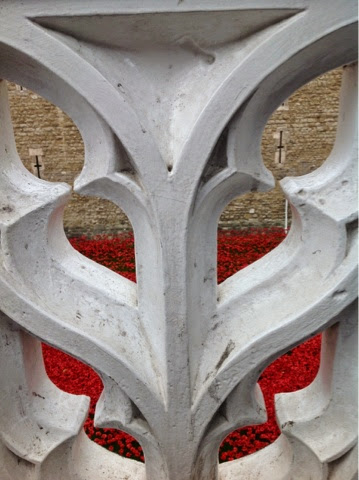Because I've recently read Hild by Nicola Griffith, I though about a different kind of harvest this year. We have several hazel trees in the garden, of different ages and types of growth. The two nearest the house are relatively young and my plan has always been to coppice them. So this year, I have started in earnest.
This one lives by the well, just outside the sitting room. It's spreading branches shade me from the late evening sun at certain times of the year, and it has a pleasant shape. But there was plenty of young, straight growth that could be taken out.
The second one faces it from the opposite side of the garden, and is mostly straight growth. It tends to tangle in the wire that runs to the shed, so needs managing carefully. There's also a rather nice hebe at it's base, just behind the fern, that could do with a bit more light.
I took out a significant number of straight tall branches from as near the base of the trees as I could
Then processed the result into various lengths of useful wood, some for burning, some to use as stakes in the garden. I had help!
I can sense you're puzzling about where Hild comes in. Well, I was intrigued by the term "tree hay" that the author uses several times. Thinking about the society she describes, 7th Century Britain, and the way they would have managed the land, the practice of coppicing would have been part of any gathering of people; nature being adapted, when at all possible, into use. It is part of what makes us human, this ability to devise ever more intricate tools from whatever can be used around us. Coppicing would have provided stakes, fencing, the finer branches would have been woven into baskets or hurdles, and then there's tree hay. I looked it up, and found that it was used, until relatively recently, as animal fodder. Usually the branches are harvested in late spring, when the leaves are full of nutrients, then stored for winter.
The little pile to the right reminded me of this, harvested at the wrong time, of course, but still, I could see how it could provide winter fodder. I marveled at the way humans in the past found ways of using what is around them, employing as much as possible of anything that came our way. Now we are so accustomed to plenty that we have forgotten the importance of thrift; throwing things away when we tire of them, and we tire very quickly. It seems to me to be a loss of something precious, our inventiveness put aside in our consumer led society.
So my harvest this year brought some interesting (to me) reflections on human history
So my harvest this year brought some interesting (to me) reflections on human history
What did he think?
"Where's the biscuits?"

























